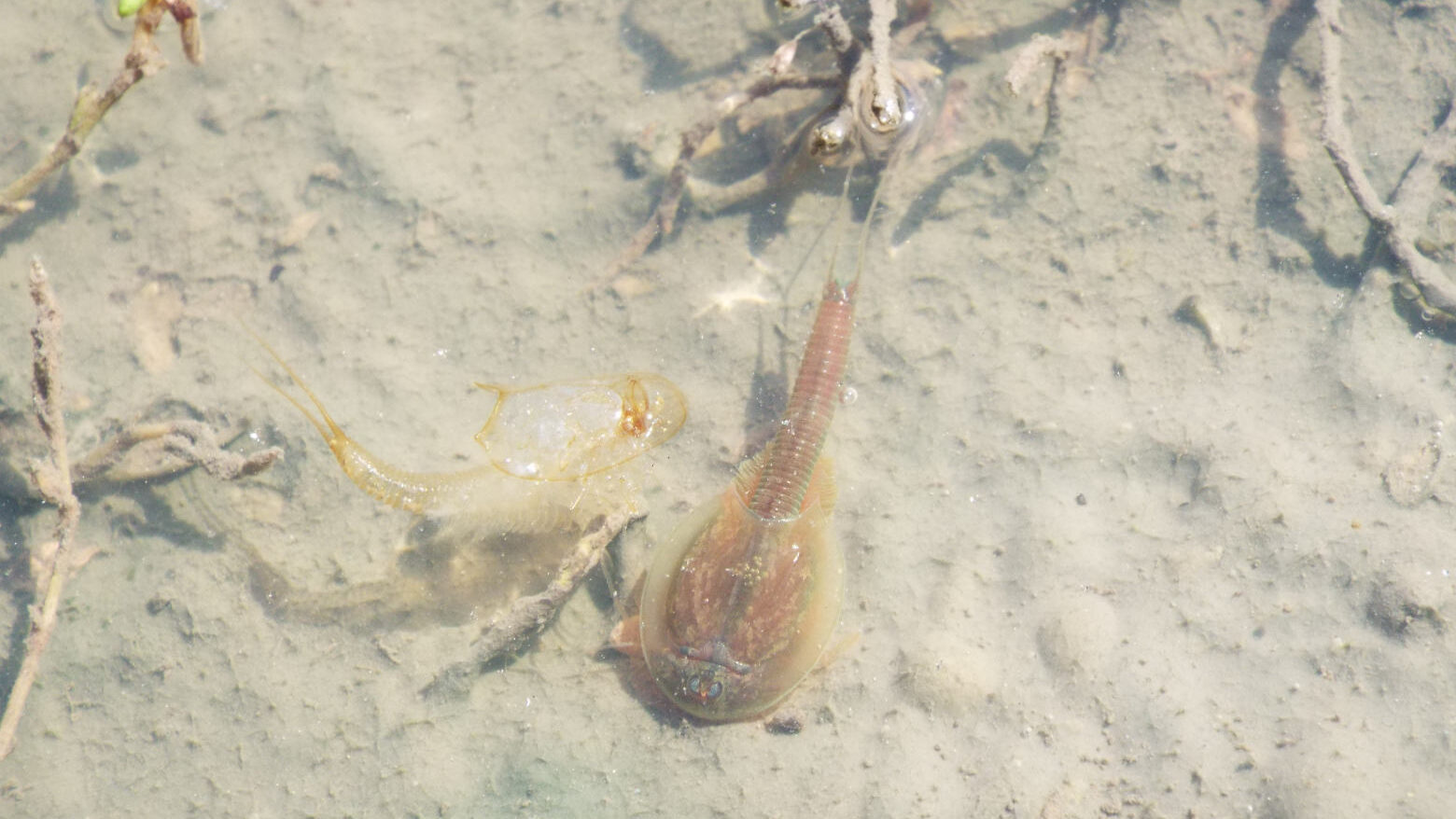Guide
Triops granarius – Interesting facts about the Asian prehistoric crab
The world of prehistoric crabs is amazingly diverse, and there are always fascinating species that pique our interest. One of these fascinating creatures is Triops granarius, also known as the Asian primeval crab. Triops granarius is a prehistoric crab with a wide range from Africa and the Middle East to China and Japan, although there is evidence that this species, as currently defined, is a species complex. They have an elongated body and large valves. Triops granarius can be kept as pets in home aquaria. Their life expectancy is up to 90 days, and in that time they can grow more than six centimetres long. In this blog post, we take a closer look at Triops granarius – the Asian prehistoric crayfish.

The world of Triops granarius
Triops granarius is a type of prehistoric crustacean that has existed on Earth for millions of years. These fascinating creatures are often called “living fossils” because their appearance and way of life are strongly reminiscent of prehistoric times. They belong to the genus Triops, which is known for its unique appearance and adaptability. Triops granarius range in colour from dark brown to light brown with a greenish tinge. They can live in water with a pH of six to ten, but the optimal pH is between seven and eight.
Unlike most Triops species, males make up 40 percent of the population in this species. The males can be recognised by their dark colouration. Triops granarius lives in shallow pools or ponds and can survive for days without food, as it can eat most organic matter such as detritus and plant remains. Triops granarius is exposed to desiccation and extreme temperatures after the water in its habitat dries up. To withstand this extreme environment, the eggs of Triops granarius go into anhydrobiosis after the water evaporates. The eggs can still hatch 20 years later.
Habitat and way of life
This Triops species is mainly found in temporary waters such as ponds, puddles or temporary ponds. These waters often dry out during the dry season, affecting the Triops’ life cycle. This adaptation to an unstable environment has led to some remarkable characteristics:
- Rapid life cycle: T. granarius has a remarkably rapid life cycle. Within a few weeks they complete their entire development from egg through the larval stages to the sexually mature adult.
- Survival strategies: Because the temporary waters they live in can dry up, Triops eggs bury themselves in the mud or soil. When the waters are filled again, the larvae hatch and use the abundant resources to grow and reproduce quickly.
- Feeding behaviour: T. granarius is omnivorous and plays an important role in the ecosystem of temporary waters. They feed on plant debris, detritus, algae and even small insects. This feeding behaviour helps regulate nutrients and promote a healthy balance in the water body.
Significance in the ecosystem
Although Triops granarius may seem inconspicuous at first glance, they have a significant role in their ecosystem. Their ability to reproduce rapidly and consume a variety of foods helps maintain a healthy food web. They also help to mix the sediment in temporary water bodies, which promotes the release of nutrients and improves the quality of the habitat.
Triops granarius – Conclusion
The T. granarius is undoubtedly a remarkable creature that not only gives us insights into the past, but also illustrates the dynamics and importance of temporary waters in today’s ecology. The adaptability and survival strategies of these prehistoric crustaceans are fascinating and underline the complexity of nature. A deeper understanding of the T. granarius can help us to recognise and protect the importance of conserving such habitats in order to preserve the diversity of life on Earth.
- Triops – Survivors of prehistoric times, heroes of the universe - 17. April 2025
- Aquaristics in Italy – Underwater passion between the Dolce Vita and the Mediterranean - 12. April 2025
- Palaeontology: Giant penguins discovered in Peru - 2. April 2025